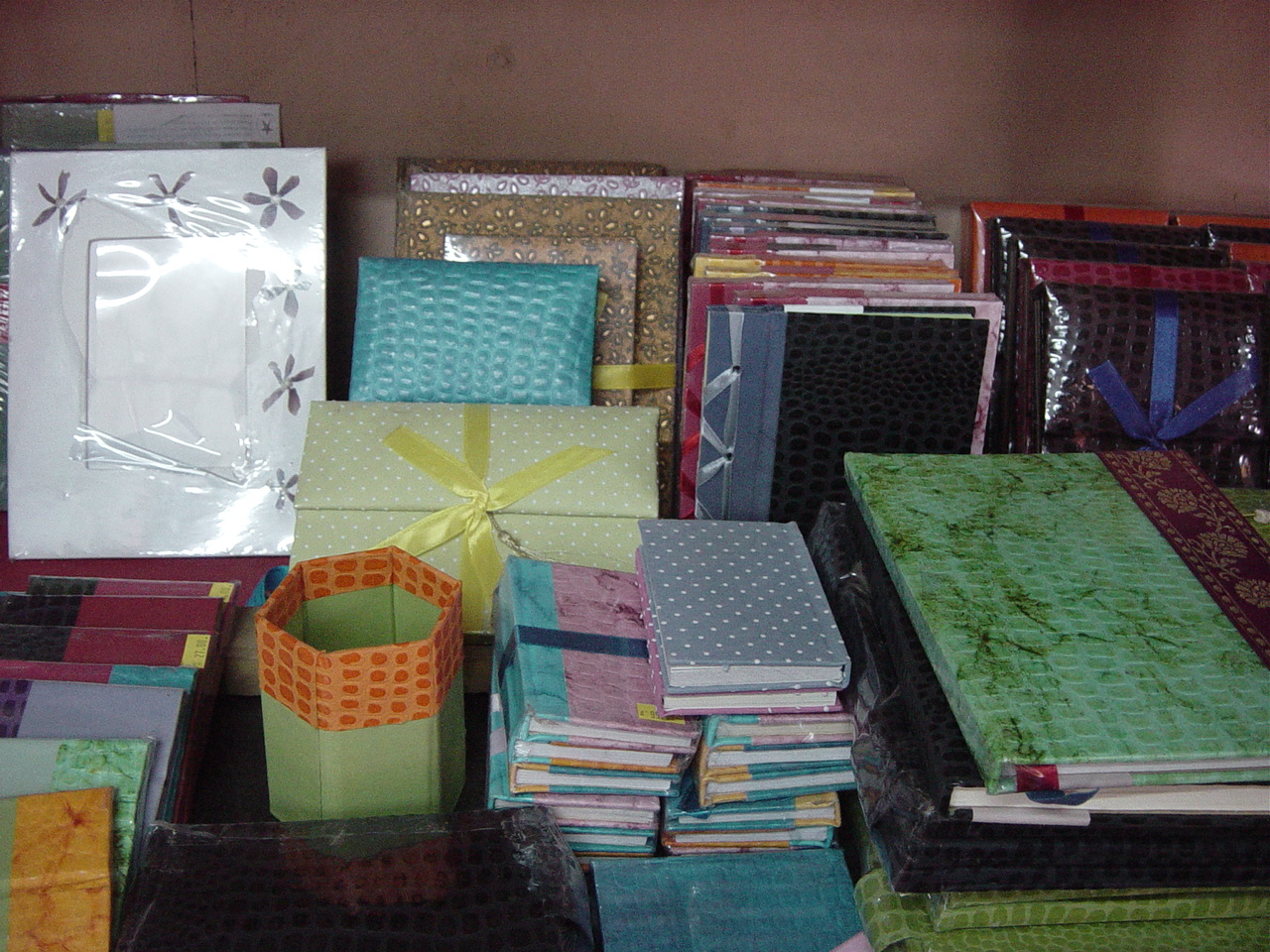|
Future Paper: Green Paper
Linen,
straw and hemp have been primary material sources for paper throughout
the centuries. After the 1850s, when Friedrich Gottlieb Keller created a
revolution by crushing wood with a wet grindstone, our vast natural
forests began to be felled to produce paper. Although paper making from
wood is a fairly recent innovation, it has created a terrible impact on
the environment, which obviously cannot be ignored. Paper is one of the
basic necessities today, not just in its ordinary form but also as an
increasing variety of products and derivatives. To meet this growing
demand for paper, huge tracts of lands with trees and forests are wiped
out at an immense scale; this demand is steadily on the increase with a
proportionate growth in population. The paper industry expects that
demand for paper will double by 2050, keeping pace with the population
growth.

The requirement for ream after ream of white paper is putting a huge
strain on the world’s forest reserves. While only around 10% of the
trees cut down for paper are farmed or replanted, easily accessible and
inexpensive sources of wood are fast disappearing. As a result of the
rapid consumption of virgin forests in places around the world, forest
restoration has not been able to keep pace with the vastly growing
demand for wood products. In the effort to curb this trend, many
communities have started replanting clear-cuts with fast-growing trees.
The use of recycled paper - which has drawn attention for its
environment-friendly features - has slumped. In its stead, non-wood
papers, which do not depend on forest resources, have come into the
spotlight.
In the past, recycled paper spread as a way of cutting costs by reusing
resources. More recently, growing awareness of the need to preserve the
environment and prevent over harvesting of forests has given even
greater importance to the use of recycled paper as a way of stretching
our depleting forest resources.
Japan has, since a long time, established collection routes for old
newspapers and cardboard and now leads the world in the reuse of paper.
The paper-making industry undertook a campaign to raise the ratio of
recycled paper to 55% by 1994 and actually succeeded in bringing the
level to 53% as of the end of the fiscal year (March 31, 1995). But the
recent Yen appreciation has caused a sudden climb in imports of cheap
foreign pulp, undercutting the market price for used paper and forcing
the dealers out of business. The paper that has consequently been left
uncollected is disposed of along with ordinary rubbish, rapidly swelling
trash quantities and overburdening incinerators. This problem has been
further exacerbated by the growing use of special papers for office
equipment. Such varieties are difficult to reuse and have always been
disposed of as ordinary trash. Against this backdrop, the reuse and
recycling has slowed down.
The large-scale use of recycled paper also causes its own set of
problems. For one thing, a new environmental problem is caused by the
chlorine bleach that is employed to whiten it. For another, consumers
tend to shun recycled paper because they feel that it is more expensive
than the ones in the market. Now, however, non-wood paper is stealing
the spotlight from recycled paper with its many problems, being stronger
than ordinary paper as also imparting a feeling of quality.
Replacing trees once they are cut down takes a long time. In warm
climates, it takes 30 to 40 years for newly planted trees to become
harvestable, and in northern regions, the time span is 100 years. Even
trees that mature rapidly, such as eucalyptus, take about a decade.
Products made from non-wood papers have been increasing steadily, and at
present 50 varieties have flooded the market. Green paper could use
sugarcane chaff, cotton, seaweed, straw and other materials. Non-wood
pulp, however, accounts for a mere 0.1% of the total consumption, and it
is not yet so popular. The main reason is that for some products these
papers are about 10% more expensive than the ordinary paper. But
consumers are growing more concerned about the environment, which will
probably raise the demand for non-wood papers in the future.
There is a mass awareness of the ecological impacts keeping in mind the
climatic changes as also other changes affecting our lives. Today,
people are taking responsibility for the causes of these changes and are
trying to make an effort to reverse or at least stop them. Going green
is the new motive that everyone wants to work on. Thus,
environmentalists and industrialists are looking for an alternative to
tree-based paper making. Even if these efforts might add to the
expenses, consumers are ready to pay a bit more to join hands with the
movement.
The good part is that there is not just one but many available
alternatives that are being put to practice today. Each fibrous
alternative to the paper has different properties suited to a different
use. All of these may not be used for writing because of their surface
structures, but many form excellent alternatives of various paper
products. This not just helps reduce tree paper but might also give an
alternative to replace some of non-biodegradable or non eco-friendly
materials used for making products like plastic.
Thus, ‘green paper’ is not just an idea or an alternate of wood paper,
but a revolution as a future material itself, which will be used and
reused to its fullest potential to regain what has been lost as well as
to balance the nature-human cycle again. q
Jalaj Chatwal
Swati Chaudhary
Vatsala Laktotia
NIFT Students, New Delhi
Back to Contents
|